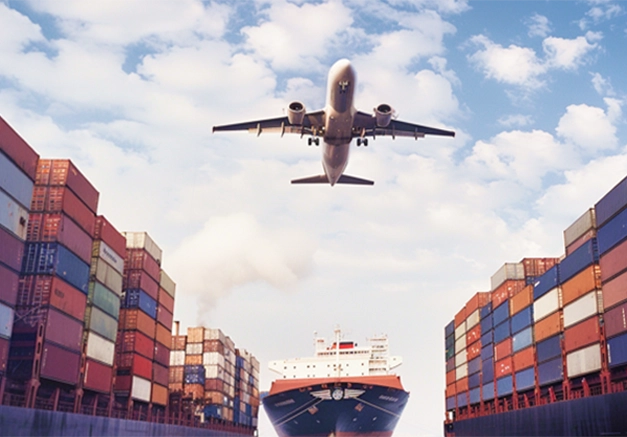
Transportation costs play a pivotal role in various industries, affecting supply chains, logistics, and ultimately, the profitability of businesses. Understanding the factors that influence transportation costs is crucial for companies seeking to optimize their operations and make informed decisions. In this article, we delve into the multifaceted aspects that impact transportation costs, providing valuable insights for businesses and individuals alike.
- Distance and Mode of Transportation:
The distance between the origin and destination is a fundamental factor influencing transportation costs. Generally, longer distances result in higher costs due to increased fuel consumption, maintenance, and labor expenses. Additionally, the mode of transportation chosen, such as road, rail, air, or sea, significantly impacts costs. Each mode has its own cost structure, capacity limitations, and infrastructure requirements, which must be carefully considered. - Fuel Prices and Energy Efficiency:
Fuel prices have a direct impact on transportation costs. Fluctuations in oil prices can lead to significant variations in transportation expenses, affecting both businesses and consumers. Moreover, energy efficiency plays a crucial role in cost optimization. Utilizing fuel-efficient vehicles, adopting alternative energy sources, and implementing eco-friendly practices can help mitigate transportation costs in the long run. - Infrastructure and Congestion:
The quality and condition of transportation infrastructure greatly influence costs. Well-maintained roads, bridges, and ports facilitate smoother transportation, reducing delays and associated expenses. Conversely, inadequate infrastructure can lead to congestion, increased travel times, and higher costs. Investments in infrastructure development and efficient traffic management systems are essential for minimizing transportation costs. - Supply and Demand Dynamics:
Supply and demand dynamics significantly impact transportation costs. When demand exceeds supply, such as during peak seasons or in times of limited capacity, transportation costs tend to rise. Conversely, when supply surpasses demand, prices may decrease. Understanding market trends, forecasting demand, and optimizing inventory management can help businesses navigate these fluctuations and mitigate transportation costs. - Regulatory Factors and Compliance:
Regulatory factors, including government policies, regulations, and compliance requirements, can influence transportation costs. These factors encompass areas such as customs procedures, safety regulations, environmental standards, and labor laws. Complying with these regulations is essential to avoid penalties and disruptions that can lead to increased costs. - Technological Advancements:
Technological advancements have revolutionized the transportation industry, offering opportunities for cost optimization. Innovations such as route optimization software, real-time tracking systems, and autonomous vehicles can enhance efficiency, reduce fuel consumption, and minimize transportation costs. Embracing these technologies can provide a competitive edge and improve overall cost-effectiveness.
Conclusion:
Transportation costs are influenced by a myriad of factors, ranging from distance and mode of transportation to fuel prices, infrastructure, supply and demand dynamics, regulatory factors, and technological advancements. By comprehensively analyzing these factors, businesses can make informed decisions, optimize their transportation operations, and ultimately enhance their bottom line. Staying abreast of industry trends and leveraging innovative solutions will be crucial for businesses to navigate the ever-evolving landscape of transportation costs.




